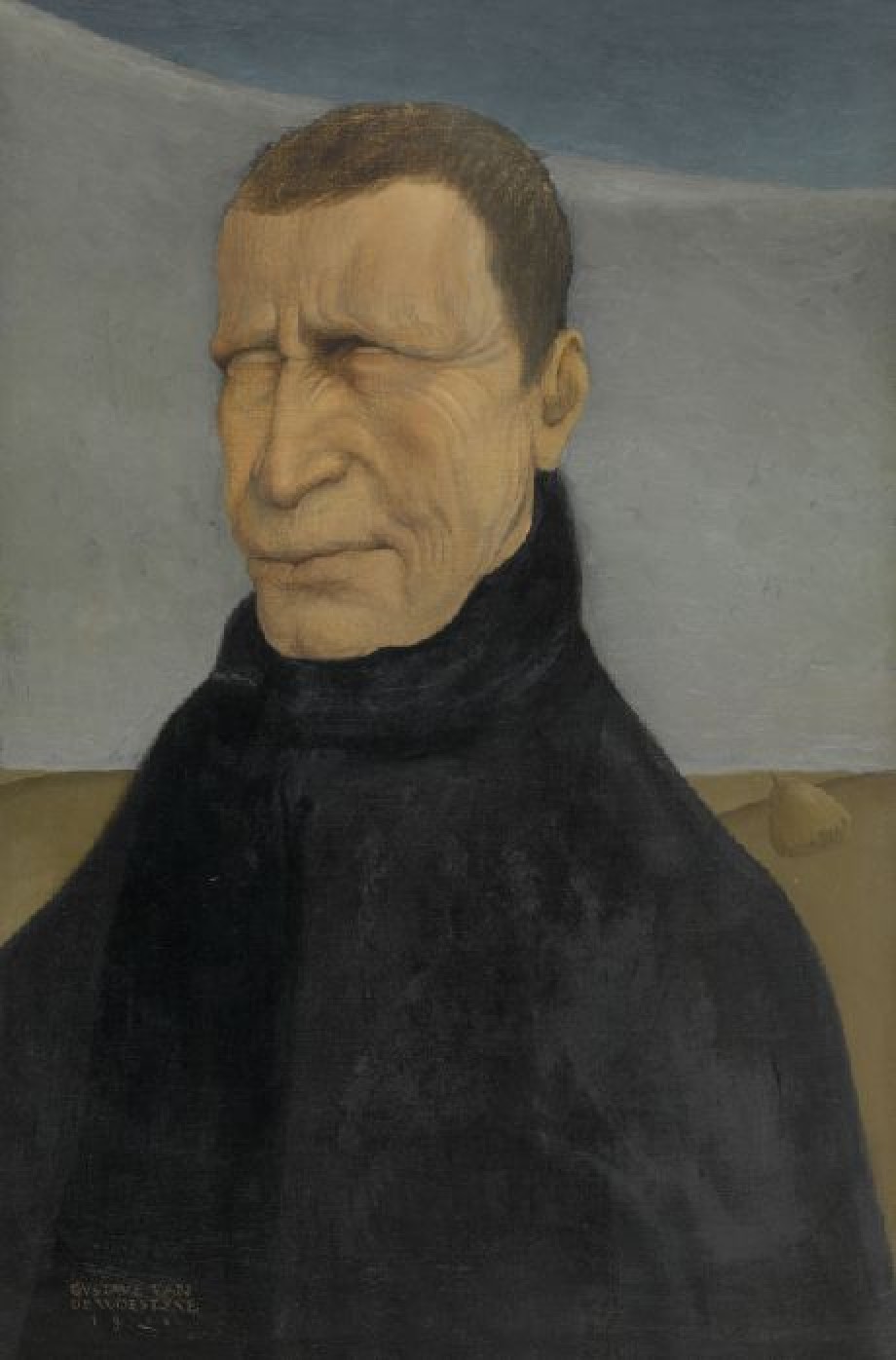Vespers

Artist / maker
Constant Permeke (painter)Date
1927Period
20th centuryCollection
Royal Museum of Fine Arts Antwerp
In 1931 the writer and art critic André De Ridder gave a lecture at the Royal Museum of Fine Arts Antwerp titled ‘Expressionism in Flemish painting’, which was devoted to a movement that he had promoted successfully for the previous two decades with his colleague Paul Gustave Van Hecke. The protagonists of the lecture, the artists Constant Permeke, Gustave De…
Read more
In 1931 the writer and art critic André De Ridder gave a lecture at the Royal Museum of Fine Arts Antwerp titled ‘Expressionism in Flemish painting’, which was devoted to a movement that he had promoted successfully for the previous two decades with his colleague Paul Gustave Van Hecke. The protagonists of the lecture, the artists Constant Permeke, Gustave De Smet and Frits Van den Berghe, were then enjoying some measure of international fame through the efforts of that duo.
De Ridder sang the praises of the most distinctive works of art produced in the first decade after the First World War. ‘They are tragic works, full of a love of life yet with traces of a fear of life in the background, full of thoughtful jubilation and steely strength, and sometimes full of fearful secrecy and silent dread. It forced them to seek a firm handhold. They suddenly had a different beauty to discover in a different world, even in the midst of ugliness, which they had to grasp even more deeply.’
This paean of praise reads as a guide to Vespers, a monumental painting in which Permeke authentically coupled the peasant genre with the human tragedy. Two outsize figures, a peasant and peasant woman, perform almost superhuman labour on the land each day. Harsh (i.e. ugly) country life has both strengthened and scarred them: bony and broad, angular, as furrowed and dark as the earth they till. Just as Permeke’s figures are squeezed up against the sides of the picture, these peasant figures are in a rut. Shattered by sheer hard work they are now enjoying life’s small pleasures, like coffee and a pipe, while they also silently partake of their piety during afternoon prayers. Hence the title of the work, which refers to Vespers, the day’s penultimate act of worship, which Catholics celebrate around 5 in the afternoon.
The effect of light and shadow, the peasant woman being more solidly painted than the more finely drawn man, supports De Ridder’s remarks about the chasm between the love and fear of life. Like the spontaneous yet balanced depictions of lines and planes, the abstraction and brutal distortion of the figures not only display an affinity with German Expressionism but also with French Cubism and international Primitivist tendencies. Permeke shared a view with De Ridder, De Smet, Van den Berghe, the sculptor Oscar Jespers and others that African art was an important visual model of free and honest expression, regardless of aesthetic and formalistic artistic concerns or the decadence and worldly nature of modern city life.
Vespers was in a private Antwerp collection when André De Ridder gave his lecture. It was only two decades later that Walther Van Beselaere, then the museum’s Chief Curator bought the painting at an auction in Galerie Ginoux in Brussels. He described it concisely as a ‘typical example of a composition restricted to monochrome, with life-sized figures, from his most orthodox Expressionist period, the 1920s. Fresco-strict design, the forms graphically sharp and delineated simply across the picture surface, with deliberately brutal distortions, viewed profoundly simple and at the same time primitively magnificent’.
Read less











